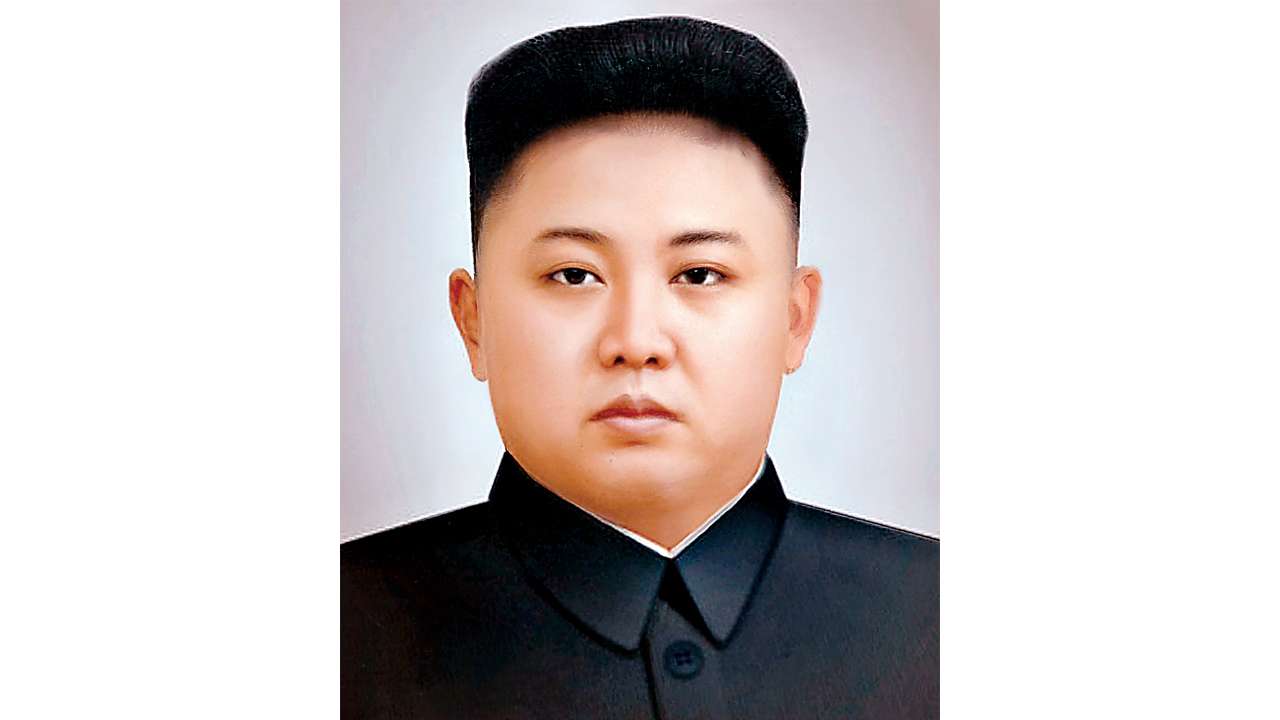
On March 8, President Donald Trump surprisingly accepted an invitation to meet North Korean leader Kim Jong Un by the end of May to discuss the longstanding nuclear issue. While the nitty-gritty of the first-ever meeting between the American and North Korean leaders has to be worked out, there is an increasing amount of curiosity as well as apprehension about the possible outcome of the unexpected talk between the two sides.
True, while Trump inherited from his predecessors a very fragile relationship with North Korea, what further raised his administration’s concern has been North Korea’s continued efforts to develop its nuclear capabilities.
In 2017, Pyongyang carried out the sixth powerful nuclear test and also the test of an Intercontinental Ballistic Missile (ICBM) that some experts believe has the capacity to hit all parts of the US. This, in turn, needed the Trump administration to enhance the effort to punish North Korea. This became soon evident when the US administration described the Democratic People’s Republic of Korea’s nuclear and missile threat as ‘imminent’ and ‘alarming,’ with the then Secretary of State, Rex Tillerson highlighting the end of US policy of ‘strategic patience’ during his visit to this region. Subsequently, the Trump administration issued a statement in April, in which it sought to “pressure North Korea into dismantling its nuclear, ballistic missile, and proliferation programs by tightening economic sanctions and pursuing diplomatic measures with our Allies and regional partners.” Trump also signed into law the Counter America’s Adversaries Through Sanction Act, which imposed new sanctions on North Korea. The US also augmented missile defence in the region, including accelerating the deployment of the THAAD anti-missile system to South Korea.
Enhancing the US’ tough stand against North Korea, Trump administration officials, including the President, have emphasised a possible preventive military attack against North Korea. Addressing the UN General Council, Trump said that “the United States would, if necessary to protect itself or its allies, “totally destroy North Korea” and the “Rocket Man” who runs it.” He also mocked Kim Jong-un, saying “Rocket Man’ is on a suicide mission for himself and for his regime. However, Kim also called the American President a ‘dotard’ and a ‘lunatic’ and threatened to use nuclear bombs against Washington, D.C. The sudden announcement of resignation by the US Ambassador to North Korea, Joseph Yun, who also happens to be a leading US expert on North Korea, further completed the matter, with several foreign policy experts in the US arguing the exit of Yun significantly narrowed the possibility of talks between the two sides.
It was against this background that President Trump’s move to agree for a meeting with North Korean leader Kim was seen very surprising. However, if we closely examine the Trump’s approach towards North Korea and put the things together, it can be observed that Trump’s decision to talk with Kim is not an isolated and spontaneous act. In fact, his decision was guided by many factors. Unlike in the past, this time one of the most important things that have alarmed the North Korean regime is the unpredictable behaviour of the US administration. There is an increasing view in North Korea that Trump could launch military attacks on North Korea. Economic sanctions too have shown a huge impact on the Kim regime’ behaviour, with even China, a close friend of North Korea, announcing on February 18 the suspension of coal imports from the DPRK. As reports suggest, International sanctions, in turn, have resulted in North Korea facing a possible crisis of foreign cash.
Consequently, these factors, in turn, led North Korea to make a reconciliatory move towards South Korea, first. It became evident when for the first time the North Korean and South Korean delegations marched together in the opening ceremonies under a unified Korean flag and Kim Yong, Kim Jong Un’s sister, met South Korean President Moon Jae-in. Subsequently, Kim also invited Moon to North Korea for a talk. Finally, when Chuang Eui-yong, the South Korean Nation Security Adviser, led a South Korean delegation to North Korea, Kim and his senior members expressed the desire to hold talks with the US with regard to denuclearization and improving ties with the US.
Thus, while Trump has already taken the extreme position of even using military power to force the Kim regime to revert the nuclear programme, there was no reason for him to give peace talks a chance, with Kim promising to halt missile testing ahead of any discussions. The one-to-one talk will also help the US to reduce its dependability on China on this issue, which itself can prove to be a big success for the Trump administration.
Only time will tell to what extent the unpredictable personality of Trump and Kim succeeded to reduce the tension between the two sides or this proved to be yet another lost opportunity to promote peace and security in the Korean peninsula.
The author is a Visiting Fellow at National Chengchi University, Taipei. Views expressed are personal.